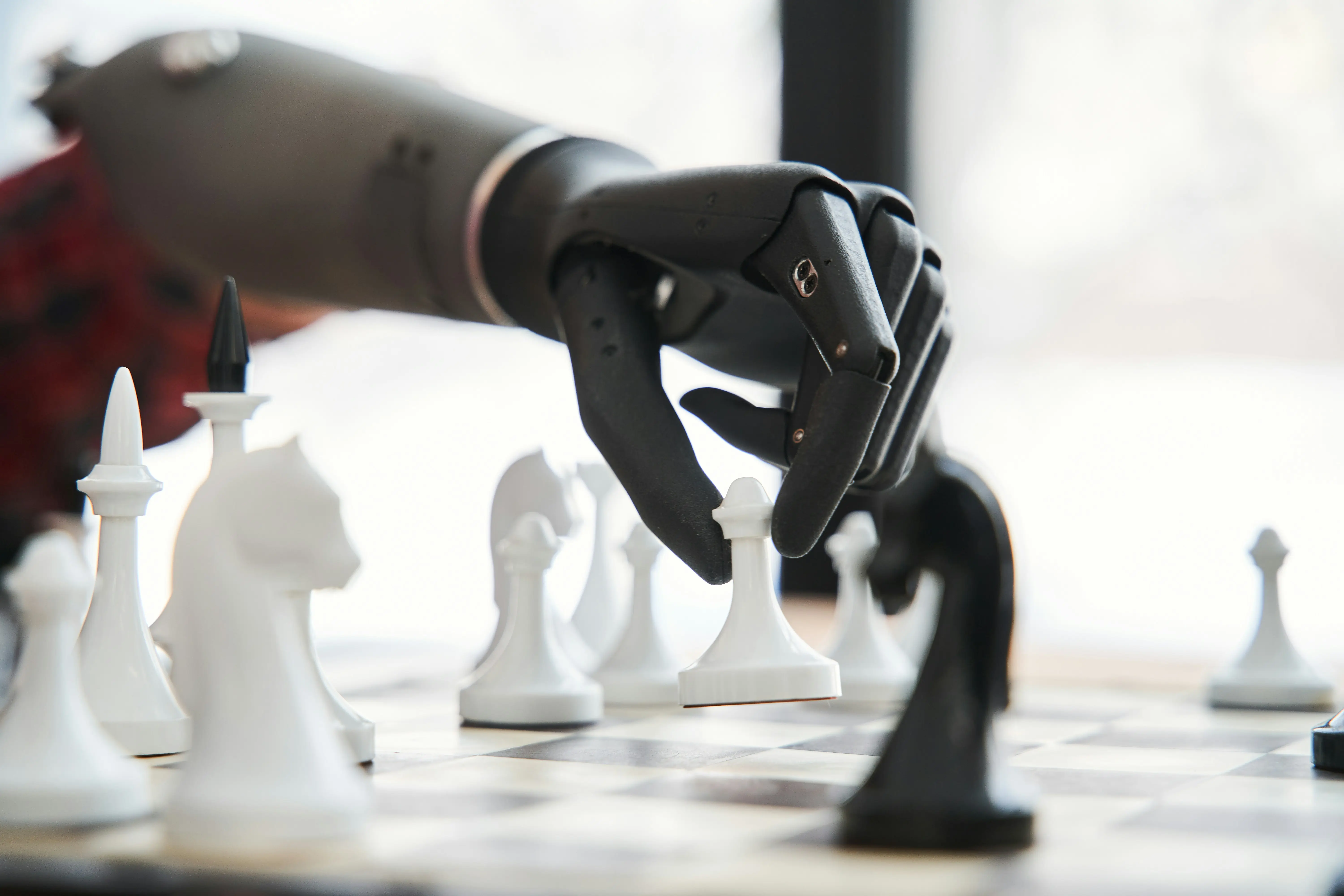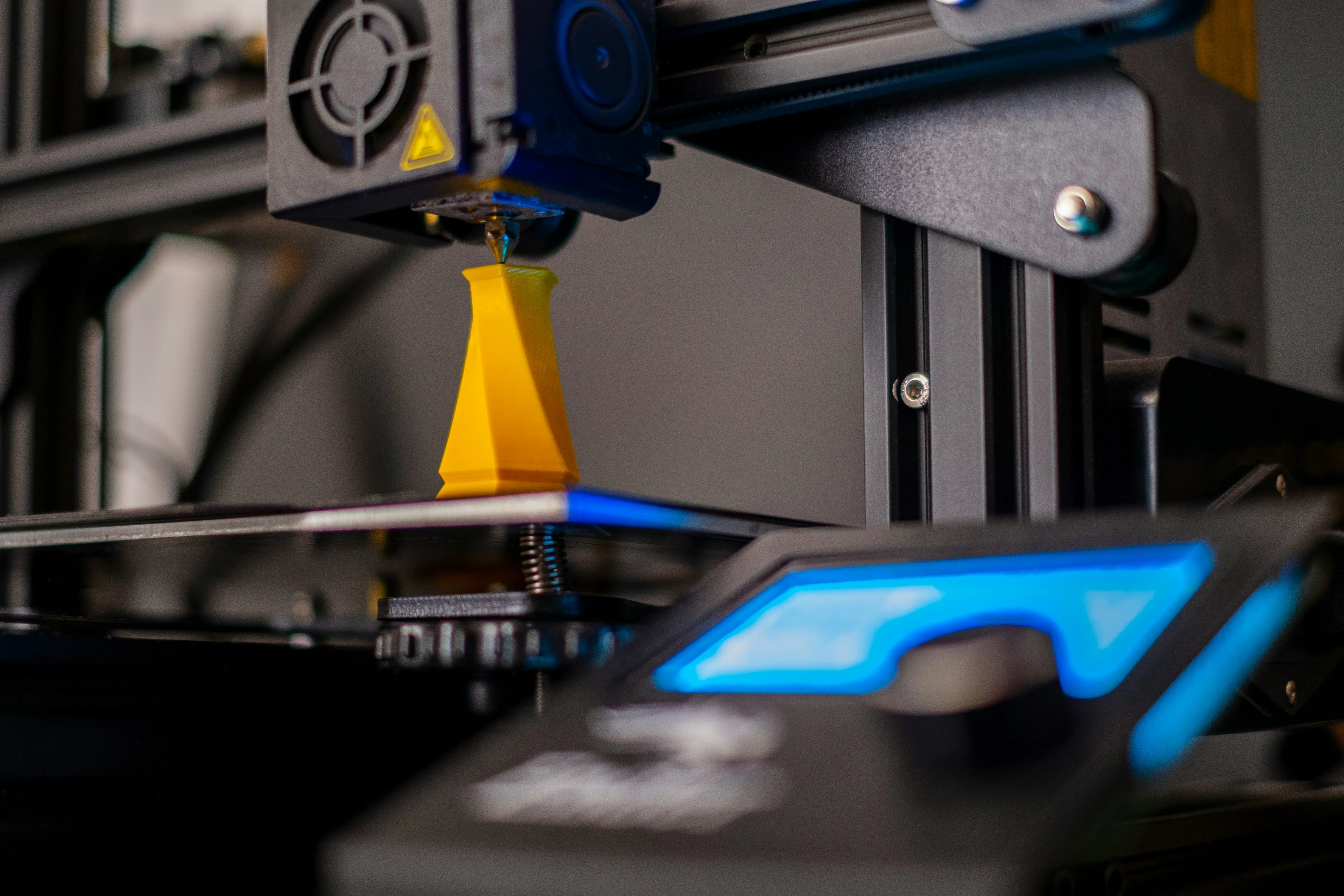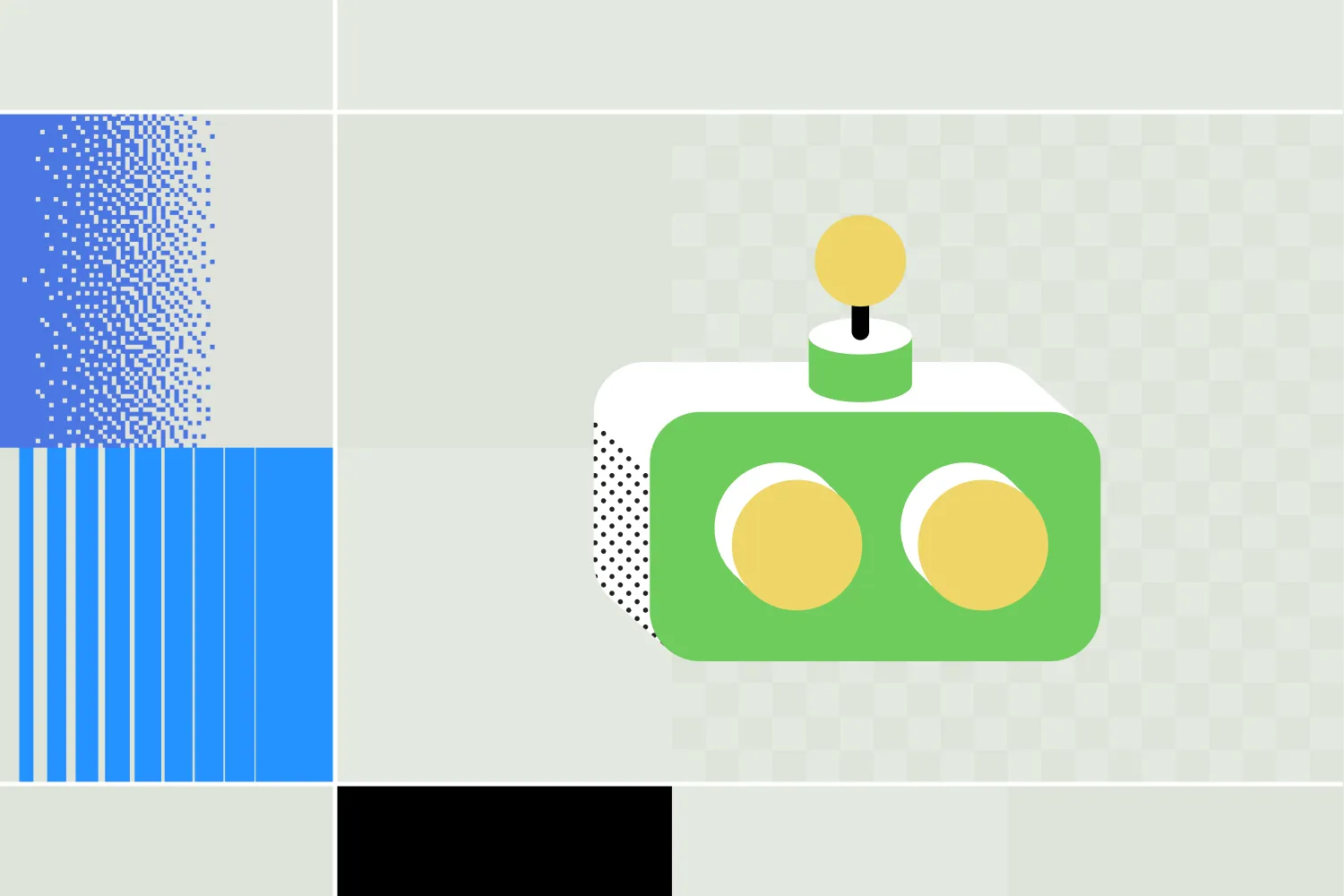- Les agents IA vont des systèmes réflexes simples réagissant aux entrées immédiates jusqu’aux agents sophistiqués capables de planifier, d’apprendre et de coordonner des tâches complexes dans divers domaines.
- Les agents réflexes simples agissent uniquement selon les conditions immédiates, tandis que les agents réflexes à modèle interne améliorent leur prise de décision grâce à des modèles internes pour suivre et anticiper les changements de l’environnement.
- Les systèmes multi-agents regroupent plusieurs agents IA qui collaborent ou sont en concurrence, permettant des applications avancées comme la coordination de voitures autonomes dans la circulation ou la gestion de chaînes d’approvisionnement complexes.
Les agents IA se sont multipliés ces dernières années. Avec leur technologie avancée et leurs nombreuses capacités, il existe aujourd’hui de nombreux types d’agents IA.
Un agent IA est un logiciel qui accomplit des tâches. Contrairement à un chatbot classique, il peut agir au nom d’un utilisateur.
Il existe une grande variété d’agents IA, des thermomètres intelligents aux voitures autonomes, en passant par les agents dotés d’interfaces de chat. Tous ces cas d’usage appartiennent à l’une des sept grandes catégories d’agents IA. Dans cet article, je vous présente les 7 principaux types d’agents IA ainsi que quelques exemples concrets d’agents IA.
1. Agents réflexes simples
Un agent réflexe simple est un système IA qui prend ses décisions uniquement à partir de l’entrée actuelle de son environnement.
Il utilise un ensemble de règles condition-action pour associer les entrées observées à des réponses précises. Lorsqu’il détecte un état particulier dans l’environnement, il applique la règle correspondante.
Il ne possède ni mémoire ni modèle interne du monde — il ne peut donc fonctionner efficacement que dans des environnements entièrement observables où chaque décision dépend uniquement de l’entrée du moment.
Exemples d’agents réflexes simples
- Un thermostat qui allume le chauffage s’il fait trop froid
- Un robot qui change de direction lorsqu’il heurte un mur (coucou, Roomba avec un chat dessus)
- Un chatbot basique qui répond « Hello! » lorsqu’un utilisateur dit « Hi »
.webp)
2. Agents réflexes à modèle interne
Un agent réflexe à modèle interne est un agent IA qui prend ses décisions à partir de l’entrée actuelle et d’un modèle interne du monde.
Contrairement aux agents réflexes simples, ce type garde en mémoire l’état de l’environnement au fil du temps. Il utilise un modèle — c’est-à-dire des informations stockées sur le fonctionnement du monde — pour combler les lacunes lorsque l’environnement n’est pas entièrement observable.
Lorsqu’il reçoit une nouvelle entrée, il met à jour son état interne, consulte ses règles condition-action et choisit la meilleure réponse en fonction de la perception actuelle et de ce qu’il a appris lors des interactions précédentes.
Exemples d’agents réflexes à modèle interne
- Un aspirateur robot qui se souvient de la configuration d’une pièce et évite les zones déjà nettoyées
- Un agent LLM qui poursuit une conversation tout en gardant en mémoire les messages précédents de l’utilisateur
- Une IA de jeu qui réagit non seulement à ce qu’elle voit, mais aussi à ce qu’elle sait des phases précédentes de la partie

3. Agents apprenants
Un agent apprenant est un agent IA qui améliore ses performances au fil du temps en tirant des enseignements de ses expériences.
Il comprend quatre composants principaux : un module d’apprentissage, un module de performance, un évaluateur (critique) et un générateur de problèmes.
Le module de performance choisit les actions, tandis que le module d’apprentissage ajuste son comportement selon les retours reçus. L’évaluateur juge les résultats des actions selon un critère défini, et le générateur de problèmes propose de nouvelles actions à tester pour favoriser l’apprentissage.
Cette structure permet à l’agent de s’adapter aux changements, d’affiner ses stratégies et d’agir efficacement même dans des environnements inconnus.
Exemples d’agents apprenants
- Un agent IA crypto qui ajuste ses stratégies de trading selon la performance du marché
- Un moteur de recommandation qui s’améliore dans la suggestion de produits grâce au comportement des utilisateurs
- Un chatbot santé qui apprend des interactions avec les patients pour améliorer la précision du triage

4. Agents basés sur l’utilité
Un agent basé sur l’utilité est un agent IA qui choisit ses actions en fonction de l’issue qui devrait apporter la plus grande valeur globale ou « utilité ».
Au lieu de simplement viser un objectif, cet agent évalue différents résultats possibles et sélectionne celui qui maximise une fonction d’utilité prédéfinie.
Cela lui permet de gérer des situations où il existe plusieurs façons d’atteindre un objectif, ou lorsqu’il faut faire des compromis. Il doit être capable de comparer les options, de prévoir les conséquences et de classer les résultats selon des préférences ou des priorités.
Exemples d’agents basés sur l’utilité
- Un chatbot commercial qui priorise les prospects selon leur probabilité de conversion
- Un robot de trading boursier qui équilibre risque et rendement pour maximiser les gains à long terme
- Un chatbot d’entreprise qui planifie les réunions pour limiter les conflits et maximiser la commodité
5. Agents hiérarchiques
Un agent hiérarchique est un agent IA qui organise sa prise de décision en plusieurs couches ou niveaux, les niveaux supérieurs gérant les objectifs généraux et les niveaux inférieurs s’occupant des actions concrètes.
Cet agent décompose les tâches complexes en sous-tâches plus petites, chaque niveau de la hiérarchie étant responsable d’un périmètre décisionnel différent.
Les couches hautes peuvent planifier des stratégies à long terme, tandis que les couches basses traitent les données des capteurs et les réponses en temps réel. Les échanges entre les couches permettent à l’agent de coordonner les objectifs globaux avec l’exécution détaillée.
Cette structure facilite la gestion de la complexité et permet d’adapter le comportement à différentes échelles de temps ou de priorité.
Exemples d’agents hiérarchiques
- En production, un agent de haut niveau planifie l’assemblage tandis que les niveaux inférieurs contrôlent les bras robotiques et la synchronisation
- Dans une usine intelligente, différentes couches gèrent les plannings de production, la coordination des machines et les opérations physiques

6. Agents orientés objectifs
Un agent orienté objectif est un agent IA qui prend ses décisions en évaluant quelles actions l’aideront à atteindre un objectif précis.
L’agent reçoit un ou plusieurs objectifs — des résultats à atteindre. Il utilise des algorithmes de recherche ou de planification pour explorer les séquences d’actions possibles, puis choisit celles qui ont le plus de chances de mener à l’objectif.
Contrairement aux agents réflexes, il ne se contente pas de réagir — il anticipe les conséquences futures avant d’agir. Cela le rend plus flexible et performant dans des environnements dynamiques ou inconnus, mais aussi plus exigeant en ressources de calcul.
Exemples d’agents orientés objectifs
- Un système de navigation qui calcule le meilleur itinéraire vers une destination
- Une IA de résolution de casse-tête qui recherche les mouvements menant à la solution
- Un bras robotique qui planifie une séquence de mouvements pour assembler un produit avec succès
7. Systèmes multi-agents (MAS)
Pour finir : le système multi-agents.
Un système multi-agents (MAS) est un ensemble composé de plusieurs agents IA qui interagissent pour atteindre des objectifs individuels ou communs (parfois en coopération, parfois en concurrence).
Chaque agent du système fonctionne de manière autonome, avec ses propres capacités, objectifs et perception de l’environnement.
Ces agents communiquent et se coordonnent — soit directement par messages, soit indirectement en observant les changements de l’environnement. Le système dans son ensemble peut résoudre des problèmes trop complexes ou répartis pour un seul agent.
Les systèmes multi-agents peuvent être coopératifs, compétitifs ou un mélange des deux, selon leur conception et leurs objectifs.
Exemples de systèmes multi-agents
- Des véhicules autonomes qui se coordonnent à un carrefour pour éviter les collisions
- Un ensemble de bots financiers gère la facturation, la détection de fraude et le reporting via l’automatisation des workflows IA
- Un système de chaîne d'approvisionnement où différents agents gèrent les stocks, la livraison et la prévision de la demande

Créer des agents IA personnalisés
Il n'est pas difficile de créer un agent IA sur mesure — et vous pouvez le faire gratuitement.
Botpress propose un éditeur de flux visuel en glisser-déposer, une sécurité de niveau entreprise, une vaste bibliothèque de ressources pédagogiques et une communauté Discord active de plus de 20 000 créateurs de bots.
Notre plateforme extensible vous permet de créer n’importe quel chatbot personnalisé avec toutes les intégrations de votre choix — et notre Integration Hub regorge de connecteurs prêts à l’emploi pour les plus grands canaux.
Commencez à créer dès aujourd’hui. C’est gratuit.
Foire aux questions
Quels sont les 7 types d’agents IA?
Les 7 types sont : agents réflexes simples, agents réflexes basés sur un modèle, agents orientés objectifs, agents basés sur l'utilité, agents apprenants, agents hiérarchiques et systèmes multi-agents.
ChatGPT est-il un agent IA ?
Oui, ChatGPT peut être considéré comme un agent IA — il reçoit des entrées, les traite et génère des réponses, souvent selon une approche orientée objectif ou utilité selon la façon dont il est utilisé.
Que sont les agents intelligents et comment fonctionnent-ils dans les environnements numériques ?
Les agents intelligents sont des entités conçues pour agir dans divers environnements numériques. Ils collectent des informations de leur environnement, évaluent la situation actuelle et exécutent des actions pour atteindre des objectifs définis. Leur performance dépend des actions externes qu'ils effectuent dans des environnements observables.
Quel rôle joue l’intelligence artificielle dans le fonctionnement des agents ?
L'intelligence artificielle permet aux agents intelligents d'apprendre, de raisonner et de s'adapter. Les agents utilisent l'IA pour enrichir leur base de connaissances, ce qui leur permet de prendre des décisions plus complexes dans différents environnements.
Qu’est-ce qui constitue la base de connaissances des agents intelligents ?
La connaissance des agents intelligents comprend des informations sur l'environnement, des règles prédéfinies et une compréhension de la situation actuelle. Cette base de connaissances est essentielle à leur processus de prise de décision.
Qu’est-ce que l’élément de performance dans le contexte des agents intelligents ?
L'élément de performance des agents intelligents correspond à leur capacité à atteindre des objectifs et à prendre des décisions qui optimisent leurs actions dans un environnement donné. C'est un aspect clé qui détermine l'efficacité et la pertinence de l'agent.
Les agents peuvent-ils fonctionner dans des structures hiérarchiques ?
Oui, les agents hiérarchiques sont un type d'agent intelligent qui fonctionne à différents niveaux structurés. Les agents de haut niveau supervisent les décisions générales, tandis que les agents de niveau inférieur s'occupent de tâches spécifiques dans un cadre plus large. Cette structure hiérarchique permet une gestion efficace dans des environnements complexes.
Les agents intelligents fonctionnent-ils avec une intelligence limitée ?
Oui, de nombreux agents intelligents fonctionnent avec une intelligence limitée, c'est-à-dire qu'ils disposent d'un champ de connaissances et de capacités défini. Cette limitation leur permet de se concentrer sur des tâches et des environnements précis où leur expertise est la plus pertinente.





.webp)

